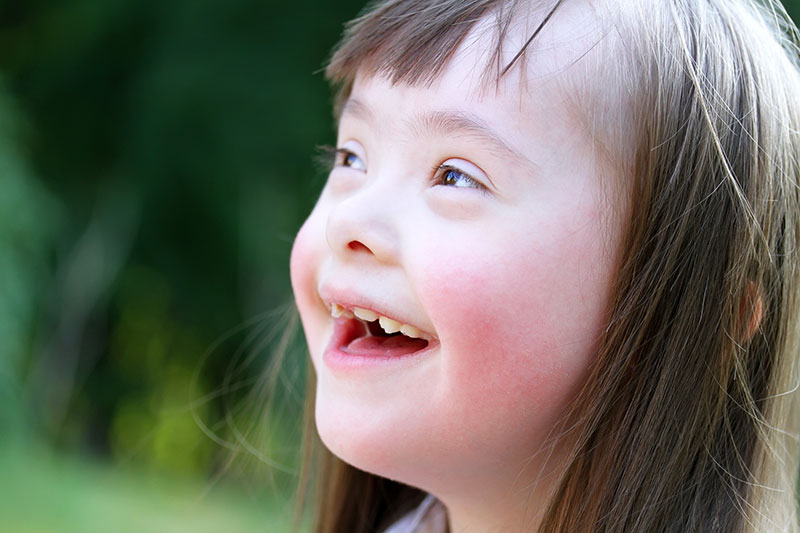According to the United Nations, the estimated number of children with disabilities in the world today, is about 93 million. But that number could be much higher, as they are often uncountable, unregistered, left behind, forgotten, and invisible by the people around them.
The rights of people with disabilities are well protected in existing international, regional, and national human rights instruments. They include the formulation of the United Nation’s Convention on the Rights of Persons with Disabilities (2008). The purposes of the Convention and other disability legislation instruments are to promote, protect, and ensure the full and equal enjoyment of all human rights and fundamental freedoms by all persons with disabilities, and to promote respect for their inherent dignity.
Despite strong progress in terms of legislation, the rights of individuals with disabilities, including children are not always upheld. The lives of those individuals continue to be marked by experiences of neglect, abandonment, segregation, and inequality, worldwide more or less. Very often, the barriers they face are a result of the environment in which they live than a result of their impairment.
Exposed to discrimination and violation of their rights from the moment of their first breath, children with disabilities most likely will never reach their full potential. Their needs are given low priority, their abilities are overlooked, their capabilities are underestimated. This is largely due to lack of awareness, ignorance, stigma and prejudice in our society. It is also because domestic legislation in some countries fails to protect the rights of persons with disabilities.
Even in developed counties, children with disabilities are still facing many barriers largely due to the negative attitudes and stereotypes, lack of disability awareness, inadequate funding, lack of qualified staff, teachers and caregivers, lack of support for school staff, lack of resources in education, assistive technology and devices necessary for their learning needs, lack of awareness of existing legislature, protocols and procedures when helping children with disabilities make the transition from one level to the next.
While the situation for these children is changing for the better, there are still severe gaps. There is much still to be done to ensure that children with disabilities receive their fair chances. From social and educational infrastructure, communications, attitude and behaviour of other people towards individuals with disabilities to the policies of the local government – all are areas requiring much-needed change.
Children with disabilities can accomplish amazing things when we believe in them. For this, they should be given special opportunities without any terms and conditions. With the right encouragement and support, tailored curriculum and education, proper accommodation, adequate infrastructure and resources to support their special needs, these children have greater chances to exceed all expectations, reach their maximum level of independence, be able to live a healthy, productive adult life and become contributing participants in society.

